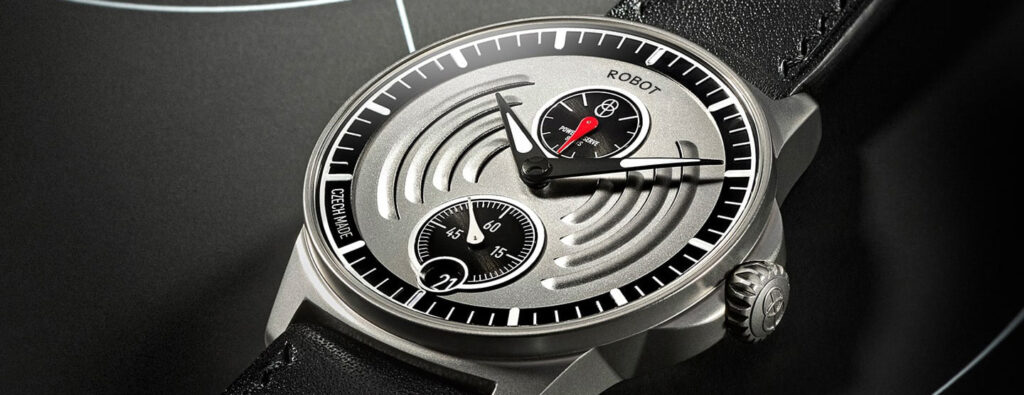IWC Schaffhausen
Introducing the IWC Pilot’s Watch Automatic 36 Special Edition for The Rake & Revolution
IWC Schaffhausen
Introducing the IWC Pilot’s Watch Automatic 36 Special Edition for The Rake & Revolution
Although some wristwatches had existed since the early-20th century, it quickly became apparent at the onset of the First World War that extracting a watch from one’s waistcoat, then cocking it towards one’s visage – in a gesture that drew tears of joy from flâneurs and boulevardiers – was impractical when people were shooting at you. Soldiers quickly adapted pocket watches to become wrist-borne instruments, indeed the very first of these were nothing more than modified pocket watches with lugs hastily soldered to them and fixed to pragmatic heavy pigskin straps. But once the war ended, the wristwatch was here to stay, transformed into a symbol of masculinity and becoming the indispensable tool to the global adventurer and demoiselle-romancing rake, for whom accurate plotting of one’s nocturnal movements was of utmost importance.
It was necessity again that brought about the next great evolutionary shift in wristwatches, in particular for a small Swiss brand situated in Schaffhausen that had forged a unique mixture between American industrial ingenuity and traditional Swiss craftsmanship. It was aptly named the International Watch Company. During the Second World War, Britain’s Ministry of Defence (MoD) felt that civilian watches were not adequate for military use. Rather than partnering with a specific brand, they invited any Swiss manufacturer who could build a watch to the requested standard, to do so and, all in, 12 companies were eventually accepted. Later to be known as the “Dirty Dozen”, the timepieces were designed with the objectives of durability and unparalleled visibility in the most challenging of circumstances. These watches were described by the MoD by the acronym W.W.W. standing for watch, wrist, waterproof.
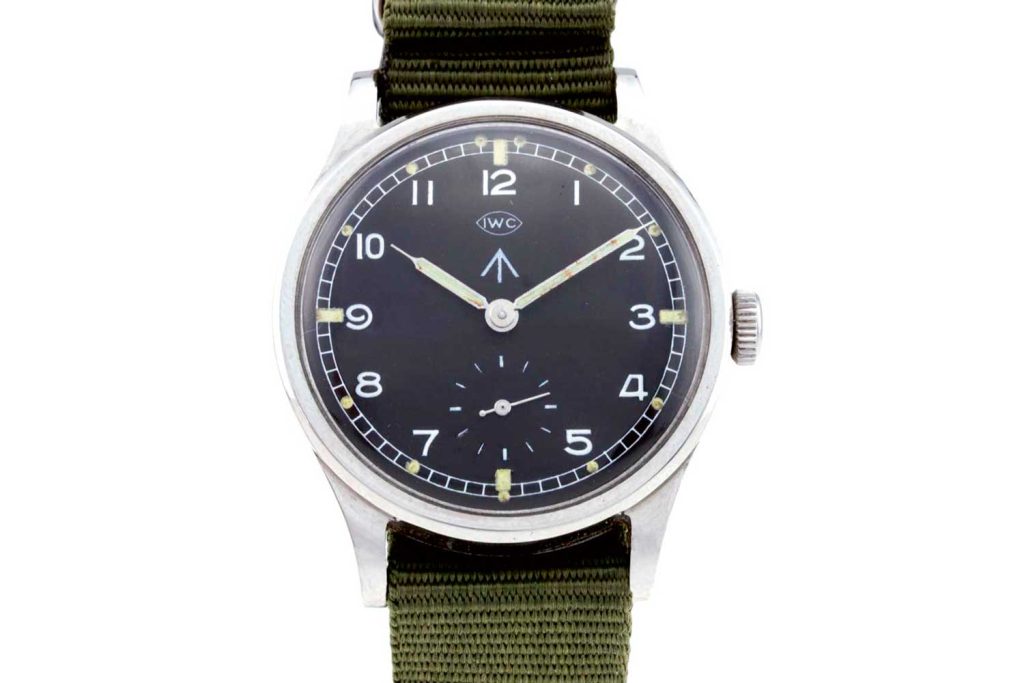
The IWC “Dirty Dozen” watch, 1940s

Caseback of a Mark XI with military engravings
On the Fly
Following the Second World War, it was clear that whoever dominated the skies would have a huge tactical advantage. During the war, the Royal Air Force – the world’s oldest independent air force – had heroically defended British skies, participated in the bombing of strategic targets in Germany and supplied tactical support for the British army deployed around the world. And as Britain moved toward modernising and evolving its air force with the introduction of newer technology like jet engines, it sought to create the ultimate military navigator’s timepiece.
In the mid-1940s (1946/47) the British Ministry of Defence sent out a tender for the creation of a watch for its navigators. The requirements of the watch were as follows: a black iron dial marked with full Arabic numerals from 1-12, “luminised” at the four cardinal indices; a 12-ligne movement capable of -4/ +4 accuracy with a hacking function; water-resistant to 20 feet; a Faraday anti-magnetic cage, hence the iron dial; finally, its crystal had to be retained by a screw to prevent detachment during decompression. Watch brands IWC and Jaeger-LeCoultre both answered the call, though eventually JLC would be dropped as a supplier because the brand did not incorporate a shock absorption system into its movement.
The result was IWC’s Mark 11, manufactured in 1948 and issued to various branches of the RAF, as well as the Royal Australian, the Royal New Zealand and the South African air forces. The movement allowing IWC to fly through the most rigorous testing was the Calibre 89, designed – like many of the brand’s most famous calibres – by IWC’s brilliant technical director Albert Pellaton, and featured a full-bridge manual-wind movement for greater ease of service. It had a large balance wheel fitted with an Incabloc shock absorption system, oscillated at 18,000 vph, and featured a hairspring with Breguet overcoil to aid in more concentric breathing. All watches had to be regulated at the Greenwich Observatory and had to be retested there every year.
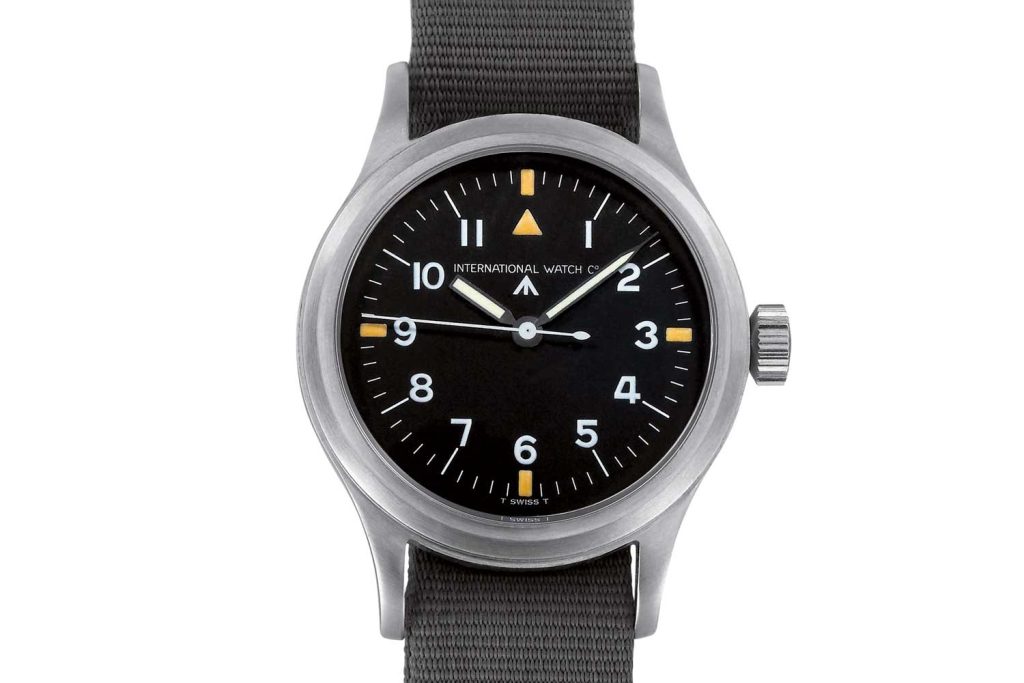
An IWC Mark XI from 1948
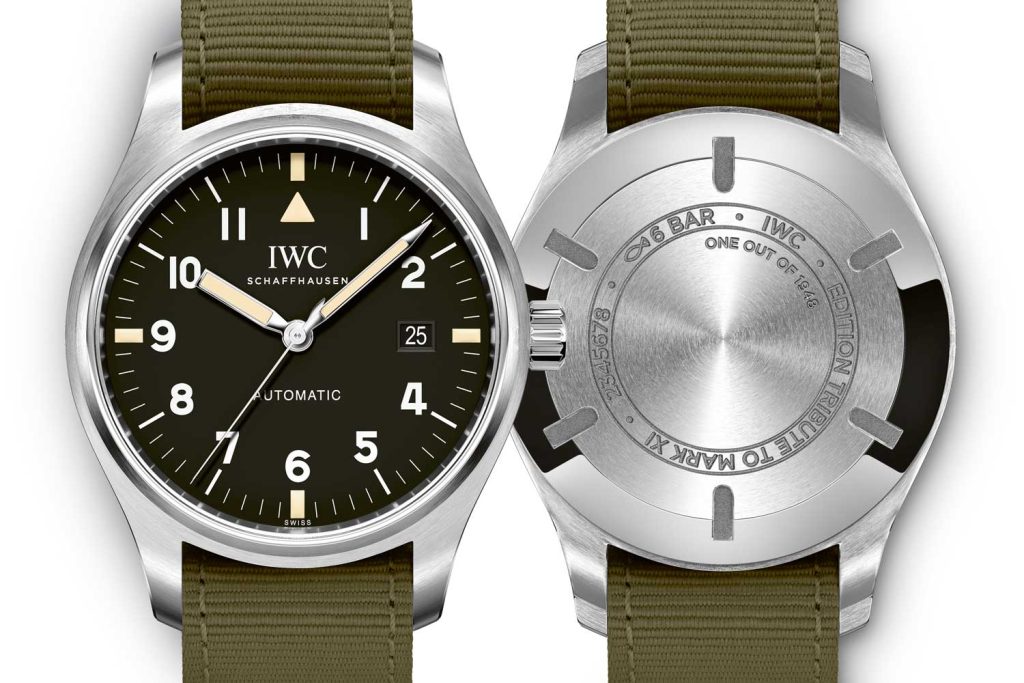
Pilot’s Watch Mark XVIII Edition “Tribute to Mark 11” caseback and dial-side
On the Mark
But I longed for something that captured more of the original spirit of the Mark 11, and the object of my fixation began to take shape in my subconscious. Plucking up my resolve, last SIHH I approached Christoph Grainger-Herr, IWC’s dynamic leader and the only man in the Swiss watchmaking industry to be the architect of the manufacture where he is CEO. A man with his finger very much on the pulse of the modern watch industry, Grainger-Herr is well-suited to IWC, the very first Richemont Group brand to embrace e-commerce, and to go where no others would at the critical moment consumers were changing the way they engage with luxury watches.

IWC Pilot’s Watch Automatic 36mm Special Edition for The Rake & Revolution (Image © Revolution)
Appreciating Grainger-Herr’s dynamism, I pitched the idea of The Rake edition of a Mark 11. Almost immediately we decided that it should be faithful to the original watch at 36mm and have no date, allowing all 11 Arabic indexes and contrasting triangle at 12 o’clock to be fully displayed for optimum visibility. Importantly, it shouldn’t be positioned as a military watch. Basically, my feeling was that if you want a true military watch you could purchase a vintage Dirty Dozen IWC watch. Indeed, stunning Calibre 89 equipped Mark 11 watches are readily available and to me represent some of the very best value in the vintage market, thanks to their incredible pedigree, handsome functional looks, and their movements that have all passed testing at Greenwich Observatory. What I think will be interesting is when IWC launches its factory-certified vintage and pre-owned programme, where these horological treasures will be respectfully refurbished to assure their performance before being placed with consumers.

IWC Pilot’s Watch Automatic 36mm Special Edition for The Rake & Revolution (Image © Revolution)

IWC Pilot’s Watch Automatic 36mm Special Edition for The Rake & Revolution (Image © Revolution)

The man behind IWC’s first pilot’s watch in 1936: Ernst Jakob Homberger

The Homberger brothers’ victory at Henley Regatta

The Homberger brothers after a rowing victory in Zurich

Lieutenant Rudolf Homberger during his service for the Swiss Air Force in the late-1930s
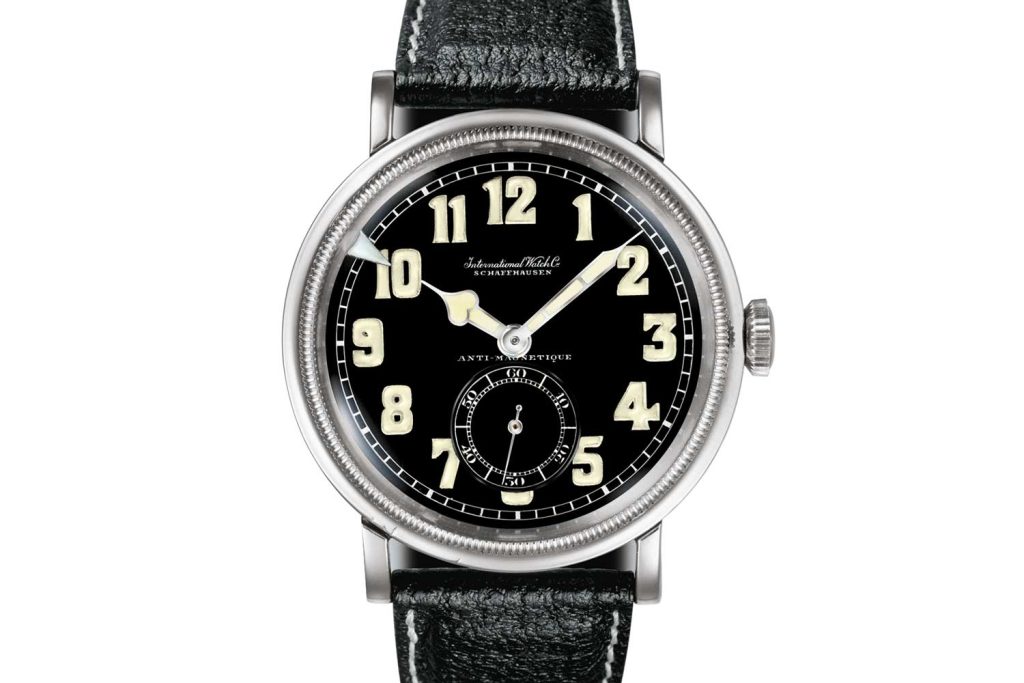
The IWC Spezialuhr für Flieger or “Special Watch for Pilots” first manufactured in 1936
The Gentlemen Aviators’ Collection
Available on TheRake.com and Revolution.Watch

RAF “Battle of Britain” jacket, Aero Leathers; blue & grey vertical striped shirt, G. Inglese; brown large grenadine silk tie, Drake’s; charcoal wool Aleksander pleated trousers, Kit Blake; pilot gloves, Omega SRL (Image © Revolution)

Valstar Deerskin A1 Valstarino Bomber Jacket (Image © The Rake)




Ludwig Reiter Maronibrater Boot (Image © The Rake)

Cream double-breasted sports coat and white tab collar shirt, Edward Sexton; “Aviator” pocket square and “Aviator” tie, Drake’s (Image © Revolution)
Watch Style
With the garments populating the universe of the Gentlemen Aviators, Grainger-Herr and I immediately thought of a military khaki-green dial, which we decided to combine with a 36mm bronze case to add a healthy dose of visual richness to the watch. The dial of the watch is similar to the brand’s tribute to Mark 11 but with no date and scaled down to a smaller size. Rose-gold hands were added to bring an extra aesthetic flair. Says Grainger-Herr: “I’m really pleased with the end result – the watch is absolutely stunning.”
In January of 2019, IWC will unveil a new collection of Spitfire watches that reflect the Gentlemen Aviators theme that resulted in the IWC Pilot’s Watch Automatic 36 Special Edition for The Rake & Revolution. Amusingly one of the greatest discussions surrounding the watch was related to its strap. We decided we would like to use a textile NATO strap replete with matching bronze keeper rings, but we still thought something was missing.

IWC Pilot’s Watch Automatic 36mm Special Edition for The Rake & Revolution (Image © Revolution)
George Glasgow Junior, the current CEO of George Cleverley, says: “It’s a leather we’ve become known for, though it is getting increasingly rare. These reindeer hides were soaked in willow bark and curried with birch oil and so, if you carefully bring them back to life, they create shoes with a really extraordinary character.”

A pair of George Cleverley boots, belonging to the author and made from the same reindeer hide as the strap on the IWC Pilot’s Watch Automatic 36 Special Edition for The Rake & Revolution

Father and son George Glasgow Senior and Junior, shot in New York City by Karl-Edwin Guerre for The Rake in 2017

IWC Pilot’s Watch Automatic 36mm Special Edition for The Rake & Revolution (Image © Revolution)








